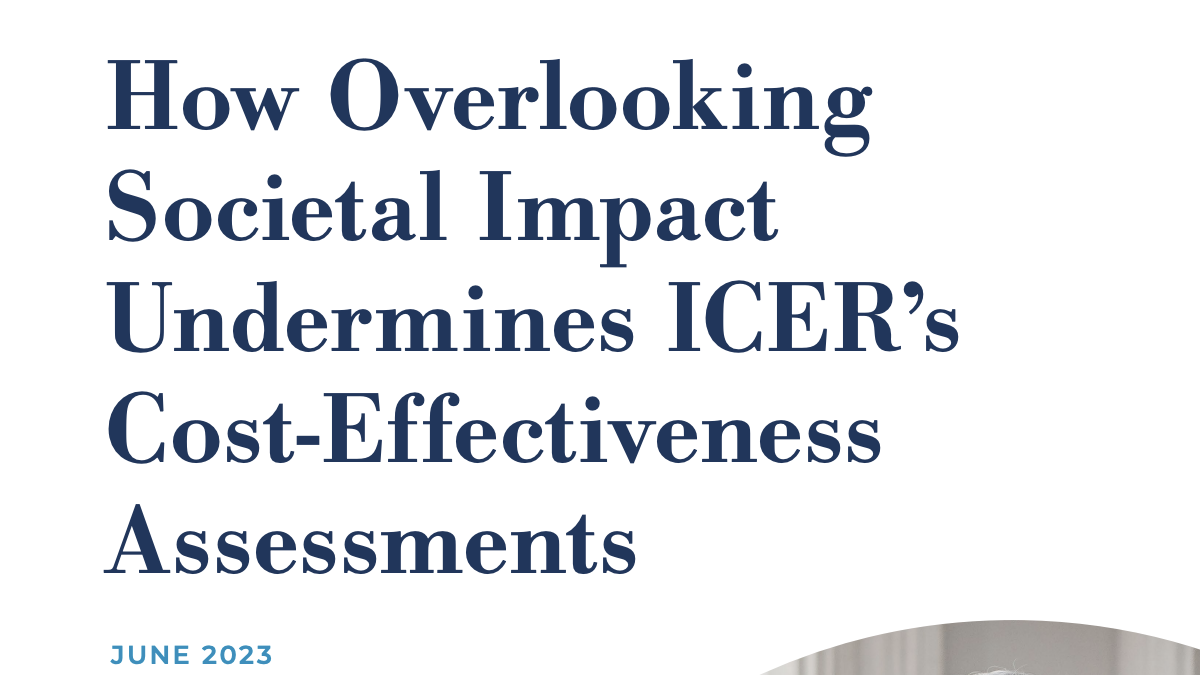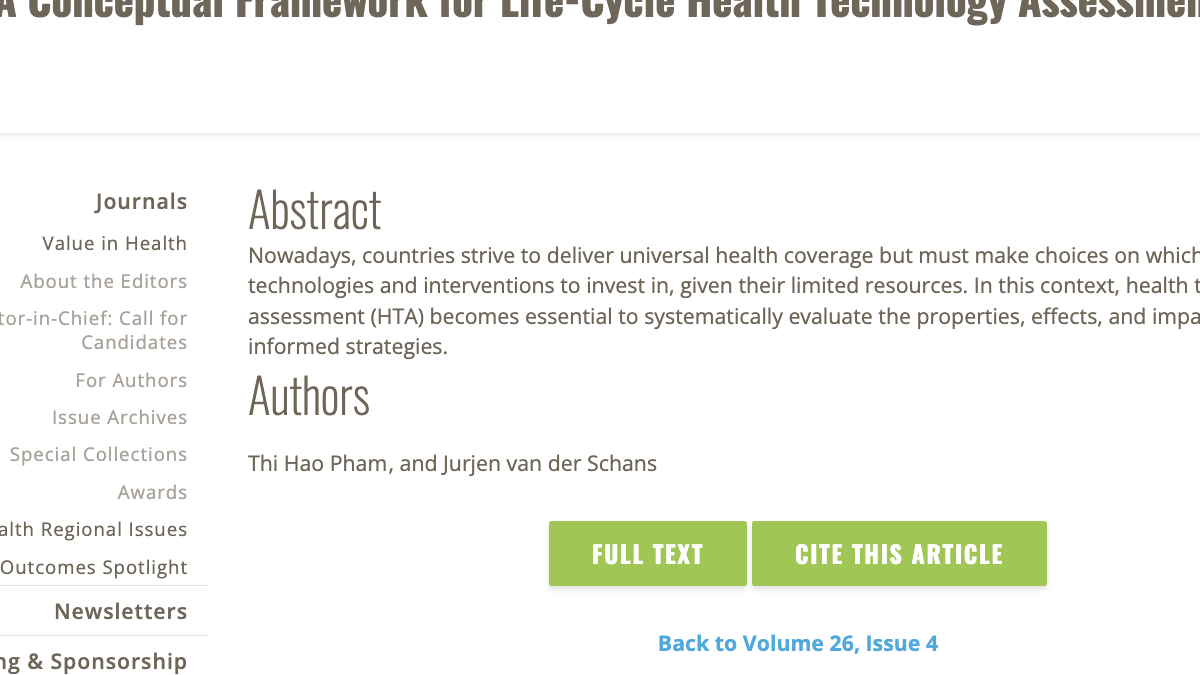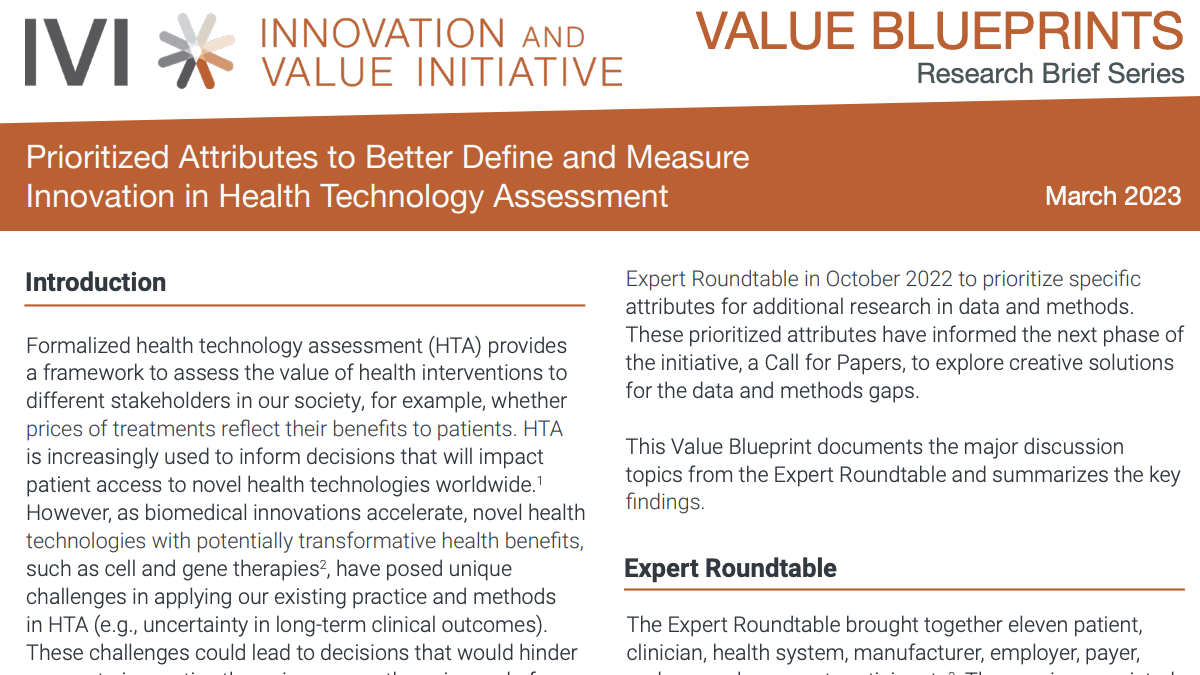When it comes to incorporating patients into decisions about medication and value, the United States just isn’t making the grade.
A new report gives the United States a “C” for how its unofficial health technology assessment organization, the Institute for Clinical and Economic Review, engages patients and patient advocacy groups. Health technology assessment is the process for determining new medications and devices’ efficacy, cost effectiveness and coverage by health systems or insurers.
The report examines similar organizations in five European countries and the United States, looking specifically at how patients participate in the process. Grades reflect:
- The infrastructure for patient engagement
- The clarity of the materials used
- Patients’ roles in decision-making
- How patient input is incorporated.
The United States ranks fourth out of the six countries studied.
In the United States, the Institute for Clinical and Economic Review offers patients the opportunity to weigh in on its evaluations of drugs and devices. Patients can provide feedback about topics that the organization chooses to review and share their opinions while the health economists develop the report.
But while patients can register to speak at public meetings, they are allotted only five minutes. And though patients can participate at policy roundtables during public meetings, these typically occur after the voting process has ended. Patients themselves are not allowed to vote. And patients’ feedback does not always inform analyses and final outcomes.
Patients and patient advocacy groups “discern a gap,” the report notes, “between the input opportunities offered to them and the impact their input actually has.” Nevertheless, ICER’s findings can guide decisions by both private and government health plans about which medications they cover, and to what extent.
The report suggests several steps for improving patient engagement, including:
- Explaining before the process how patients’ insights will be used and reporting afterward what impact they had on process and outcomes
- Providing plain-language materials to better allow patients of all walks of life to participate
- Allowing for sufficient time, support and resources for patient input
- Disclosing methodology and giving patients full visibility into the decision-making process
- Providing decision-making power and voting rights for patients.
Finding better ways to incorporate patient feedback, the paper explains, will create a more resilient health care system and encourage better health outcomes for patients, their families and communities, and health care professionals.
To learn more, read the Global Alliance for Patient Access’ “Patient Engagement in Health Technology Assessment.”




